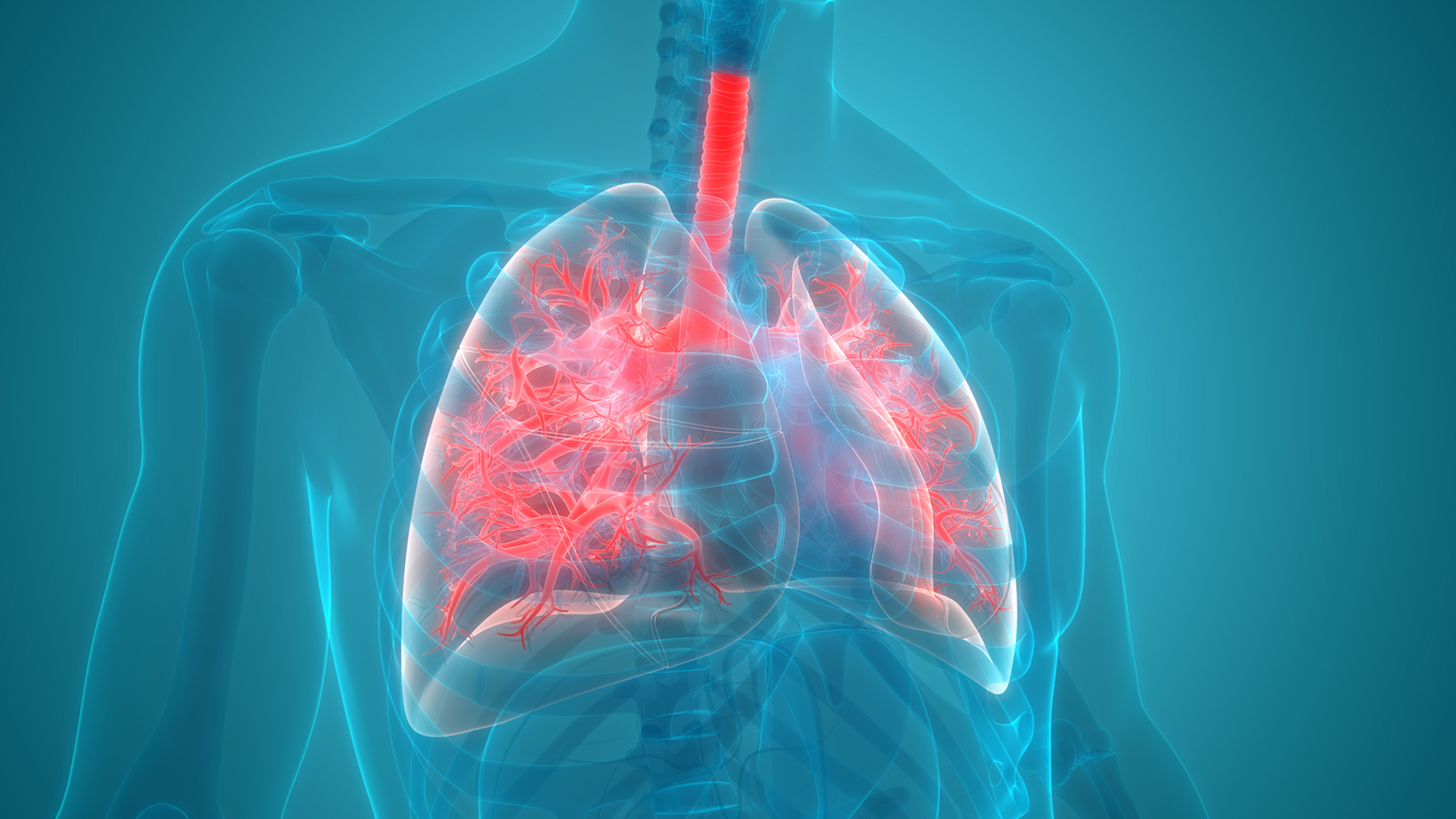Patients with chronic obstructive pulmonary disease (COPD) can benefit from normocapnic hyperpnea exercise, according to a study published in Medicine and Science in Sports and Exercise.
This study consisted of 22 patients with COPD who performed a cardiopulmonary cycling exercise test to assess peak oxygen consumption (V˙O2peak) as well as minute ventilation (V˙Epeak). The researchers also performed a normocapnic hyperpnea exercise alone, at 50-60% of V˙Epeak to exhaustion, while assessing cardiac output (CO), intercostal and vastus lateralis muscle oxygenation.
The study found that during hyperpnea exercise, intercostal deoxyhemoglobin and total hemoglobin increased by 14.26 ± 13.72% (P = 0.001) and 8.69 ± 12.49% (P = 0.003) compared to their resting value. However, the investigators noted, during the same period vastus lateralis oxygenation remained stable (P > 0.05).
“In patients with COPD, normocapnic hyperpnea exercise provided a potent cardiorespiratory physiological stimulus, including dynamic hyperinflation, and increased intercostal deoxyhemoglobin consistent with enhanced requirement for muscle O2 extraction,” the researchers concluded.
Keywords: COPD, chronic disease, eHealth, primary care, qualitative content analysis, self-management.









